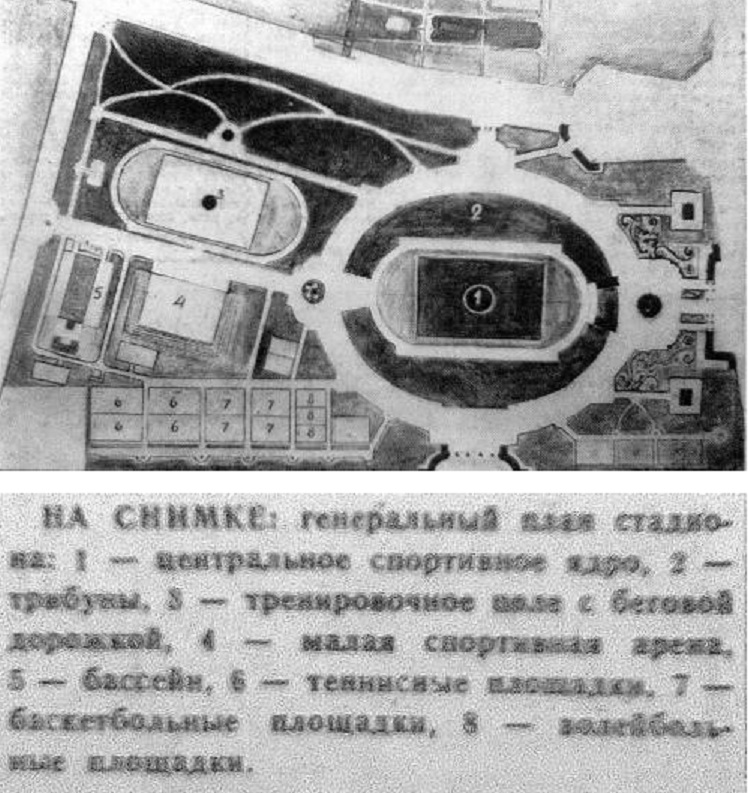
As part of the preparation for the tourist season at Lake Issyk-Kul, work is planned for April-May...

As you know, in the modern world, the share of the tourism industry in the national economy and...
From October 20 to 21, specialists from the Regional Department for Environmental Protection and...

Every year, fry of the Issyk-Kul marinka and the naked osman are released into the lake....

Archaeologists have found the grave of the apostle Matthew at the bottom of Lake Issyk-Kul Diving...

On February 21 of this year, a Friday, an off-site working meeting took place in the conference...

Bicycle paths are planned to be built along the Issyk-Kul coast Ring road around Issyk-Kul. What...

According to the Action Plan for the Development of the Tourism Industry of the Kyrgyz Republic...

Kadyrov Vagap Kadyrovich (1915-1993), Doctor of Geographical Sciences (1973), Professor (1977)...
The most beautiful and largest lake in Central Asia is Lake Issyk-Kul. For this reason, it is...

The magazine "Forbes" published a ranking of the most visited resorts from the former...

Reproduction In order to reproduce the fish stocks of Lake Issyk-Kul and Son-Kul, 750,000 pieces...

Historical and Cultural Monuments of the City of Karakol Attractions of the Southern Shore of...

Tourist Base "Issyk-Kul" The rest house "Issyk-Kul" is located on the northern...

UNFORGETTABLE VACATION AT THE AIKOL REST HOUSE Incredibly cozy and homely, the Aikol Rest House is...

The 2nd festival "Open Issyk-Kul" took place in the Issyk-Kul region on June 14-15 under...

The tourism department announced who will be in charge of maintaining order in the restrooms The...

How Lake Issyk-Kul Came to Be Many legends have been woven by the people about how Lake Issyk-Kul...

Albert Dros — "I recently discovered Kyrgyzstan" Photographer from the Netherlands —...

Pansionat "Nasip and Nur" on Issyk-Kul Pansionat "Nasip and Nur" is located on...

Famous Russian traveler Fyodor Konyukhov is preparing his expedition to Lake Issyk-Kul to search...

Sex Symbol of the USSR Elena Kondulainen Arrived at Issyk-Kul. E. Kondulainen recently turned 60...

Pelad The pelad was brought to Kyrgyzstan from Lake Sevan and released into the lakes Issyk-Kul...

Top Five Resorts in the CIS The analytical agency "TurStat" has compiled a ranking of...
API error: no response...

Lake Teshik-Kul (also Teshik-Köl) — is a hard-to-reach high-altitude lake It is located at an...

On September 23, 2014, in honor of the State Language Day of the Kyrgyz Republic, a seminar was...

A meeting of the Government of the Kyrgyz Republic was held to address the issues of preparing and...

How Russians Celebrated Their Wedding at Issyk-Kul According to Kyrgyz Traditions. An unusual...

Cholpon-Ata Recreation Center - an economical option for relaxation at Lake Issyk-Kul. It is...

State Natural National Park "Kyrchin" The State Natural National Park...

html...

Asphalting of the Tuy-Kegen international highway, which connects Kyrgyzstan with Kazakhstan,...

Sanatorium "Kazakhstan" The "Kazakhstan" sanatorium is located in the Bosteri...

On March 21, during a two-day working trip to the Issyk-Kul region, the Vice Prime Minister of the...

What fate awaits modern culture? We have talked about the tragic fate of just one sunken city in...

The annual cycling tour "Issyk-Kul-2015" will start on August 1, 2015, the organizers...

Since October 15, 2014, the Representation of Rossotrudnichestvo, together with the parish of the...

City of Frunze June 27, 1958. The Council of Ministers of the Kyrgyz SSR resolves:...

The cable car from Almaty to Issyk-Kul could pay off in five years. This was reported by the head...
A man suspected of illegal fishing was detained in the Jeti-Oguz district. According to the press...

Rest at Issyk-Kul in the Children's Health Center "Ulan" The Children's Health...

In connection with the upcoming tourist season from June 13 to 15, 2014, the Organization of...

BRAGINSKAYA Elena Alexandrovna...

The meeting with representatives of the tourism business of Kazakhstan in Almaty was successful....

Issyk-Kul Region – Bakyt Tolkanov. The renovated "Issyk-Kul" airport in Tamchy has begun...

UMAMBEKOV Bektursun Kanimetovich...

WORD ABOUT THE TREASURES OF THE KYRGYZ "ATLANTIS" From the 3rd to the 6th centuries,...